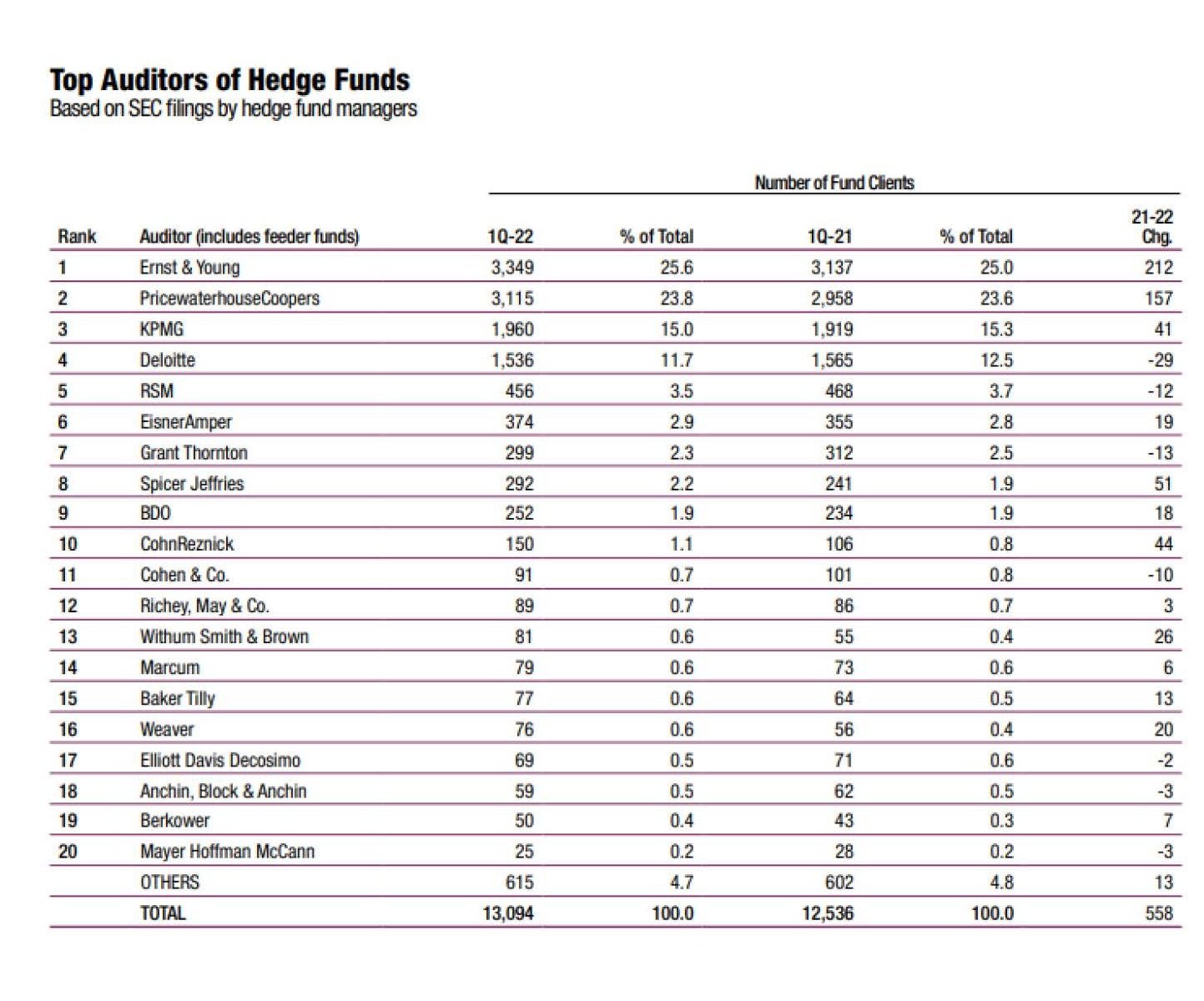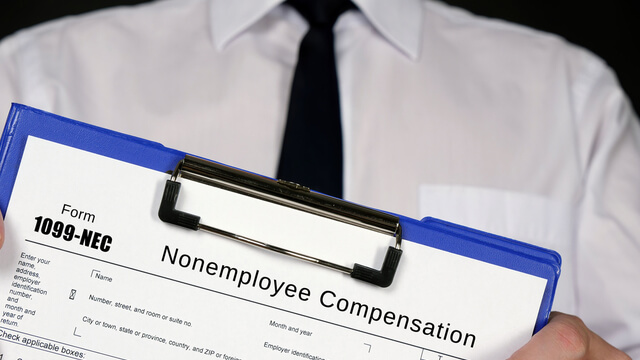Dear Client,
Now, as year-end approaches, is a good time to think about planning moves that may help lower your tax bill for this year and possibly next. Year-end planning for 2020 takes place during the COVID-19 pandemic, which in addition to its devastating health and mortality impact has widely affected personal and business finances. New tax rules have been enacted to help mitigate the financial impact of the disease, some of which should be considered as part of this years’ planning, most notably elimination of required retirement plan distributions, and liberalized charitable deduction rules.
Major tax changes from recent years generally remain in place, including lower income tax rates, larger standard deductions, limited itemized deductions, elimination of personal exemptions, an increased child tax credit, and a lessened alternative minimum tax (AMT) for individuals; and a major corporate tax rate reduction and elimination of the corporate AMT, limits on interest deductions, and generous expensing and depreciation rules for businesses. And non-corporate taxpayers with certain income from pass-through entities may still be entitled to a valuable deduction.
Despite the lack of major year-over-year tax changes, the time-tested approach of deferring income and accelerating deductions to minimize taxes still works for many taxpayers, as does the bunching of expenses into this year or next to avoid restrictions and maximize deductions.
We have compiled a list of actions based on current tax rules that may help you save tax dollars if you act before year-end. Not all actions will apply in your particular situation, but you (or a family member) will likely benefit from many of them. We can narrow down the specific actions that you can take once we meet with you to tailor a particular plan. In the meantime, please review the following list and contact us at your earliest convenience so that we can advise you on which tax-saving moves to make:
Year-End Tax Planning Moves for Individuals
…Higher-income earners must be wary of the 3.8% surtax on certain unearned income. The surtax is 3.8% of the lesser of: (1) net investment income (NII), or (2) the excess of modified adjusted gross income (MAGI) over a threshold amount ($250,000 for joint filers or surviving spouses, $125,000 for a married individual filing a separate return, and $200,000 in any other case). As year-end nears, a taxpayer’s approach to minimizing or eliminating the 3.8% surtax will depend on his estimated MAGI and NII for the year. Some taxpayers should consider ways to minimize (e.g., through deferral) additional NII for the balance of the year, others should try to see if they can reduce MAGI other than NII, and other individuals will need to consider ways to minimize both NII and other types of MAGI. An important exception is that NII does not include distributions from IRAs and most other retirement plans.
… The 0.9% additional Medicare tax also may require higher-income earners to take year-end action. It applies to individuals whose employment wages and self-employment income total more than a threshold amount ($250,000 for joint filers, $125,000 for married couples filing separately, and $200,000 in any other case). Employers must withhold the additional Medicare tax from wages in excess of $200,000 regardless of filing status or other income. Self-employed persons must take it into account in figuring estimated tax. There could be situations where an employee may need to have more withheld toward the end of the year to cover the tax. For example, if an individual earns $200,000 from one employer during the first half of the year and a like amount from another employer during the balance of the year, he or she would owe the additional Medicare tax, but there would be no withholding by either employer for the additional Medicare tax since wages from each employer don’t exceed $200,000.
… Harvesting capital losses to offset capital gains but be careful. Purchasing substantially identical securities within 30 days before or after selling a position results in a wash sale and defers the loss.
… Long-term capital gain from sales of assets held for over one year is taxed at 0%, 15% or 20%, depending on the taxpayer’s taxable income. If you hold long-term appreciated-in-value assets, consider selling enough of them to generate long-term capital gains that can be sheltered by the 0% rate. The 0% rate generally applies to the excess of long-term capital gain over any short-term capital loss to the extent that, when added to regular taxable income, it is not more than the maximum zero rate amount (e.g. $80,000 for a married couple). If the 0% rate applies to long-term capital gains you took earlier this year for example, you are a joint filer who made a profit of $5,000 on the sale of stock held for more than one year and your other taxable income for 2020 is $75,000 then try not to sell assets yielding a capital loss before year-end, because the first $5,000 of those losses won’t yield a benefit this year. (It will offset $5,000 of capital gain that is already tax-free.)
…Postpone income until 2021 and accelerate deductions into 2020 if doing so will enable you to claim larger deductions, credits, and other tax breaks for 2020 that are phased out over varying levels of adjusted gross income (AGI). These include deductible IRA contributions, child tax credits, higher education tax credits, and deductions for student loan interest. Postponing income also is desirable for taxpayers who anticipate being in a lower tax bracket next year due to changed financial circumstances. Note, however, that in some cases, it may pay to actually accelerate income into 2020. For example, that may be the case for a person who will have a more favorable filing status this year than next (e.g., head of household versus individual filing status), or who expects to be in a higher tax bracket next year.
… If you believe a Roth IRA is better than a traditional IRA, consider converting traditional-IRA money invested in any beaten-down stocks (or mutual funds) into a Roth IRA in 2020 if eligible to do so. Keep in mind, however, that such a conversion will increase your AGI for 2020, and possibly reduce tax breaks geared to AGI (or modified AGI).
…It may be advantageous to try to arrange with your employer to defer, until early 2021, a bonus that may be coming your way. This could cut as well as defer your tax.
… Many taxpayers won’t be able to itemize because of the high basic standard deduction amounts that apply for 2020 ($24,800 for joint filers, $12,400 for singles and for marrieds filing separately, $18,650 for heads of household), and because many itemized deductions have been reduced or abolished. Like last year, no more than $10,000 of state and local taxes may be deducted miscellaneous itemized deductions (e.g., tax preparation fees and unreimbursed employee expenses) are not deductible; and personal casualty and theft losses are deductible only if they’re attributable to a federally declared disaster and only to the extent the $100-per-casualty and 10%-of-AGI limits are met. You can still itemize medical expenses but only to the extent they exceed 7.5% of your adjusted gross income, state and local taxes up to $10,000, your charitable contributions, plus interest deductions on a restricted amount of qualifying residence debt, but payments of those items won’t save taxes if they don’t cumulatively exceed the standard deduction for your filing status. Two COVID-related changes for 2020 may be relevant here: (1) Individuals may claim a $300 above-the-line deduction for cash charitable contributions on top of their standard deduction; and the percentage limit on charitable contributions has been raised from 60% of modified adjusted gross income (MAGI) to 100%.
…Some taxpayers may be able to work around these deduction restrictions by applying a bunching strategy to pull or push discretionary medical expenses and charitable contributions into the year where they will do some tax good. For example, a taxpayer who will be able to itemize deductions this year but not next will benefit by making two years’ worth of charitable contributions this year, instead of spreading out donations over 2020 and 2021. The COVIDrelated increase for 2020 in the income-based charitable deduction limit for cash contributions from 60% to 100% of MAGI assists in this bunching strategy, especially for higher income individuals with the means and disposition to make large charitable contributions.
…Consider using a credit card to pay deductible expenses before the end of the year. Doing so will increase your 2020 deductions even if you don’t pay your credit card bill until after the end of the year.
…If you expect to owe state and local income taxes when you file your return next year and you will be itemizing in 2020, consider asking your employer to increase withholding of state and local taxes (or pay estimated tax payments of state and local taxes) before year-end to pull the deduction of those taxes into 2020. But remember that state and local tax deductions are limited to $10,000 per year, so this strategy is not good to the extent it causes your 2020 state and local tax payments to exceed $10,000.
… Required minimum distributions (RMDs) that usually must be taken from an IRA or 401(k) plan (or other employer-sponsored retirement plan) have been waived for 2020. This includes RMDs that would have been required by April 1 if you hit age 70 ½ during 2019 (and for non-5% company owners over age 70 ½ who retired during 2019 after having deferred taking RMDs until April 1 following their year of retirement). So, if you don’t have a financial need to take a distribution in 2020, you don’t have to. Note that because of a recent law change, plan participants who turn 70 ½ in 2020 or later needn’t take required distributions for any year before the year in which they reach age 72.
… If you are age 70 ½ or older by the end of 2020, have traditional IRAs, and especially if you are unable to itemize your deductions, consider making 2020 charitable donations via qualified charitable distributions from your IRAs. These distributions are made directly to charities from your IRAs, and the amount of the contribution is neither included in your gross income nor deductible on Schedule A, Form 1040. However, you are still entitled to claim the entire standard deduction. (Previously, those who reached reach age 70 ½ during a year weren’t permitted to make contributions to a traditional IRA for that year or any later year. While that restriction no longer applies, the qualified charitable distribution amount must be reduced by contributions to an IRA that were deducted for any year in which the contributor was age 70 ½ or older, unless a previous qualified charitable distribution exclusion was reduced by that postage 70 ½ contribution.)
…If you are younger than age 70 ½ at the end of 2020, you anticipate that you will not itemize your deductions in later years when you are 70 ½ or older, and you don’t now have any traditional IRAs, establish and contribute as much as you can to one or more traditional IRAs in 2020. If these circumstances apply to you, except that you already have one or more traditional IRAs, make maximum contributions to one or more traditional IRAs in 2020. Then, in the year you reach age 70 ½, make your charitable donations by way of qualified charitable distributions from your IRA. Doing this will allow you, in effect, to convert nondeductible charitable contributions that you make in the year you turn 70 1/2 and later years, into deductible-in-2020 IRA contributions and reductions of gross income from later year distributions from the IRAs.
…Take an eligible rollover distribution from a qualified retirement plan before the end of 2020 if you are facing a penalty for underpayment of estimated tax and having your employer increase your withholding is unavailable or won’t sufficiently address the problem. Income tax will be withheld from the distribution and will be applied toward the taxes owed for 2020. You can then timely roll over the gross amount of the distribution, i.e., the net amount you received plus the amount of withheld tax, to a traditional IRA. No part of the distribution will be includible in income for 2020, but the withheld tax will be applied pro rata over the full 2020 tax year to reduce previous underpayments of estimated tax.
…Consider increasing the amount you set aside for next year in your employer’s health flexible spending account (FSA) if you set aside too little for this year and anticipate similar medical costs next year.
… If you become eligible in December of 2020 to make health savings account (HSA) contributions, you can make a full year’s worth of deductible HSA contributions for 2020.
…Make gifts sheltered by the annual gift tax exclusion before the end of the year if doing so may save gift and estate taxes. The exclusion applies to gifts of up to $15,000 made in 2020 to each of an unlimited number of individuals. You can’t carry over unused exclusions from one year to the next. Such transfers may save family income taxes where income-earning property is given to family members in lower income tax brackets who are not subject to the kiddie tax.
…If you were in federally declared disaster area, and you suffered uninsured or unreimbursed disaster-related losses, keep in mind you can choose to claim them either on the return for the year the loss occurred (in this instance, the 2020 return normally filed next year), or on the return for the prior year (2019), generating a quicker refund.
…If you were in a federally declared disaster area, you may want to settle an insurance or damage claim in 2020 in order to maximize your casualty loss deduction this year.
Year-End Tax-Planning Moves for Businesses &Business Owners
… Taxpayers other than corporations may be entitled to a deduction of up to 20% of their qualified business income. For 2020, if taxable income exceeds $326,600 for a married couple filing jointly, $163,300 for singles, marrieds filing separately, and heads of household, the deduction may be limited based on whether the taxpayer is engaged in a service-type trade or business (such as law, accounting, health, or consulting), the amount of W-2 wages paid by the trade or business, and/or the unadjusted basis of qualified property (such as machinery and equipment) held by the trade or business. The limitations are phased in; for example, the phasein applies to joint filers with taxable income between $326,600 and $426,600, and to all other filers with taxable income between $163,300 and $213,300.
…Taxpayers may be able to achieve significant savings with respect to this deduction, by deferring income or accelerating deductions so as to come under the dollar thresholds (or be subject to a smaller phaseout of the deduction) for 2020. Depending on their business model, taxpayers also may be able increase the new deduction by increasing W-2 wages before yearend. The rules are quite complex, so don’t make a move in this area without consulting your tax adviser.
… More small businesses are able to use the cash (as opposed to accrual) method of accounting in than were allowed to do so in earlier years. To qualify as a small business a taxpayer must, among other things, satisfy a gross receipts test. For 2020, the gross-receipts test is satisfied if, during a three-year testing period, average annual gross receipts don’t exceed $26 million (the dollar amount was $25 million for 2018, and for earlier years it was $1 million for most businesses). Cash method taxpayers may find it a lot easier to shift income, for example by holding off billings till next year or by accelerating expenses, for example, paying bills early or by making certain prepayments.
…Businesses should consider making expenditures that qualify for the liberalized business property expensing option. For tax years beginning in 2020, the expensing limit is $1,040,000, and the investment ceiling limit is $2,590,000. Expensing is generally available for most depreciable property (other than buildings) and off-the-shelf computer software. It is also available for qualified improvement property (generally, any interior improvement to a building’s interior, but not for enlargement of a building, elevators or escalators, or the internal structural framework), for roofs, and for HVAC, fire protection, alarm, and security systems. The generous dollar ceilings mean that many small and medium sized businesses that make timely purchases will be able to currently deduct most if not all their outlays for machinery and equipment. What’s more, the expensing deduction is not prorated for the time that the asset is in service during the year. The fact that the expensing deduction may be claimed in full (if you are otherwise eligible to take it) regardless of how long the property is in service during the year can be a potent tool for year-end tax planning. Thus, property acquired and placed in service in the last days of 2020, rather than at the beginning of 2021, can result in a full expensing deduction for 2020.
…Businesses also can claim a 100% bonus first year depreciation deduction for machinery and equipment bought used (with some exceptions) or new if purchased and placed in service this year, and for qualified improvement property, described above as related to the expensing deduction. The 100% write off is permitted without any proration based on the length of time that an asset is in service during the tax year. As a result, the 100% bonus first-year write off is available even if qualifying assets are in service for only a few days in 2020.
…Businesses may be able to take advantage of the de minimis safe harbor election (also known as the book-tax conformity election) to expense the costs of lower-cost assets and materials and supplies, assuming the costs don’t have to be capitalized under the Code Sec. 263A uniform capitalization (UNICAP) rules. To qualify for the election, the cost of a unit of property can’t exceed $5,000 if the taxpayer has an applicable financial statement (AFS; e.g., a certified audited financial statement along with an independent CPA’s report). If there’s no AFS, the cost of a unit of property can’t exceed $2,500. Where the UNICAP rules aren’t an issue, consider purchasing such qualifying items before the end of 2020.
…A corporation (other than a large corporation) that anticipates a small net operating loss (NOL) for 2020 (and substantial net income in 2021) may find it worthwhile to accelerate just enough of its 2021 income (or to defer just enough of its 2020 deductions) to create a small amount of net income for 2020. This will permit the corporation to base its 2021 estimated tax installments on the relatively small amount of income shown on its 2020 return, rather than having to pay estimated taxes based on 100% of its much larger 2021 taxable income.
…To reduce 2020 taxable income, consider deferring a debt-cancellation event until 2021.
…To reduce 2020 taxable income, consider disposing of a passive activity in 2020 if doing so will allow you to deduct suspended passive activity losses.
These are just some of the year-end steps that can be taken to save taxes. Again, by contacting us, we can tailor a particular plan that will work best for you.
Very truly yours,
Spicer Jeffries LLP





